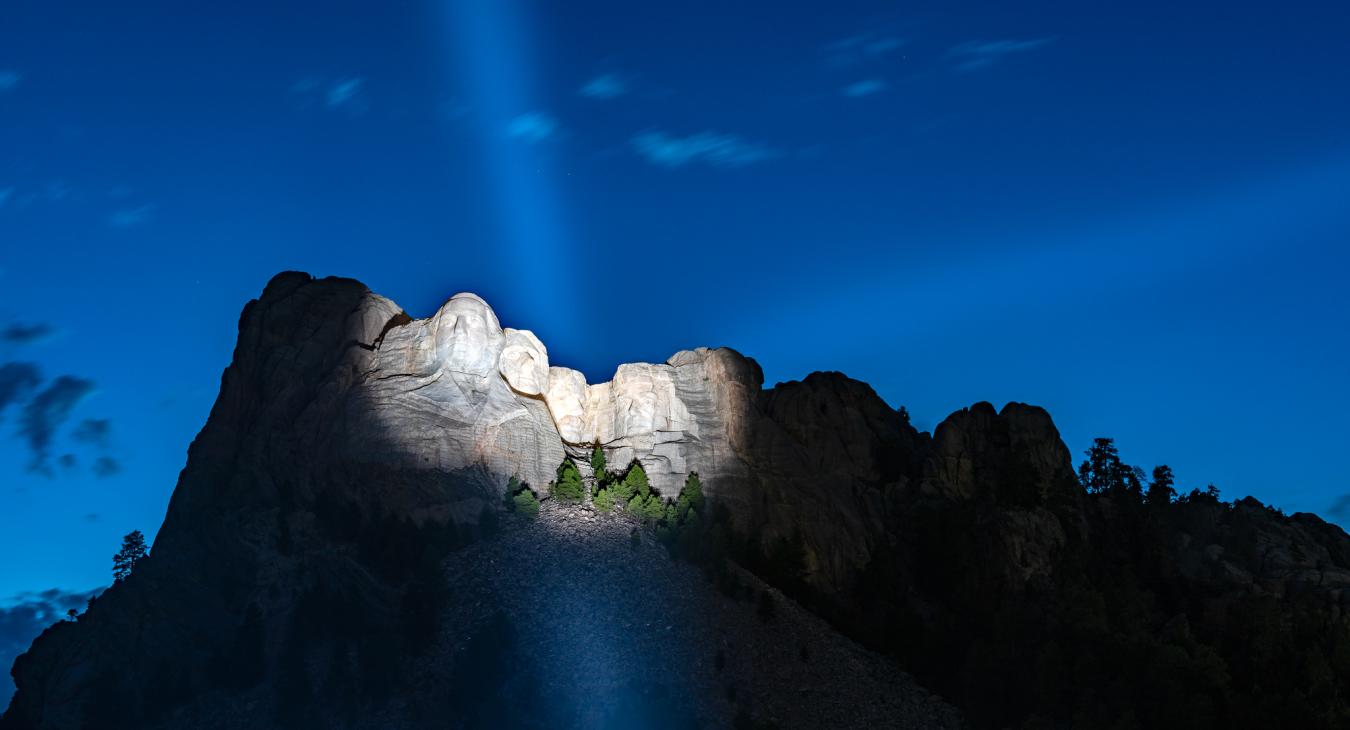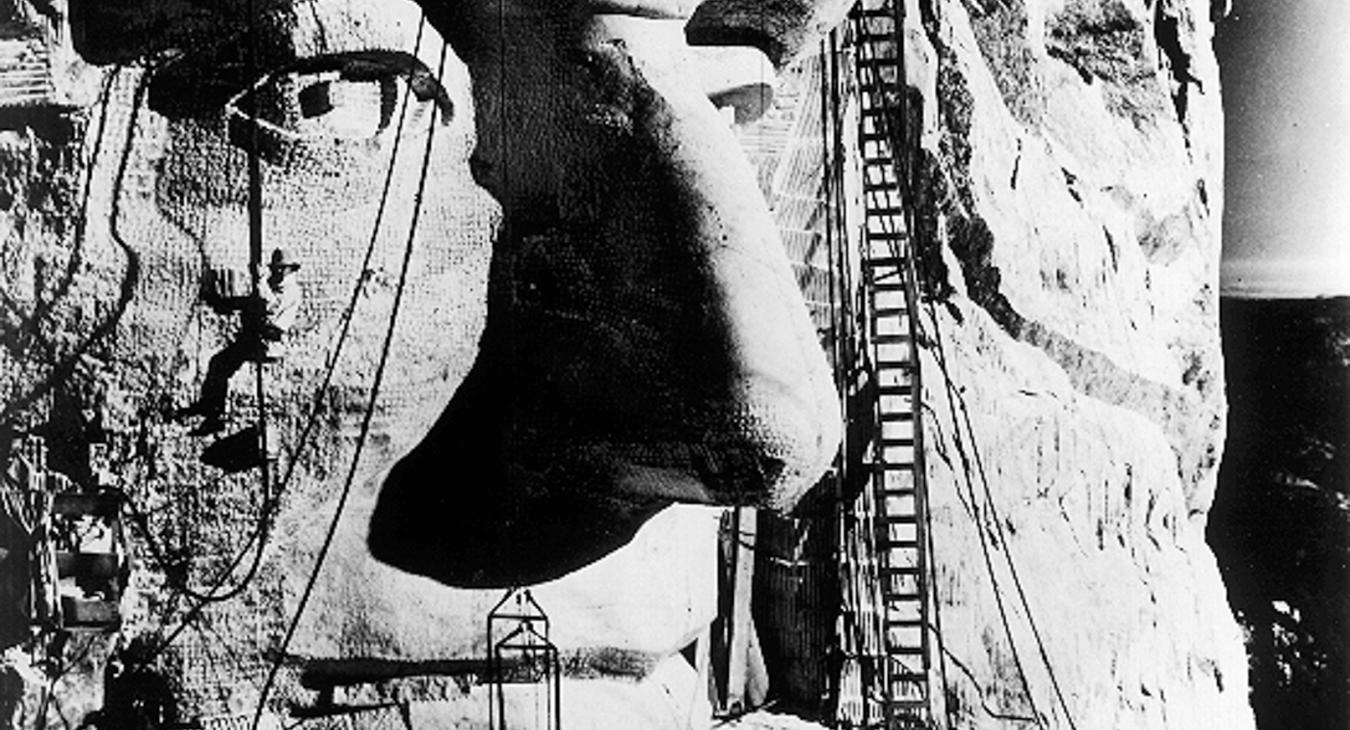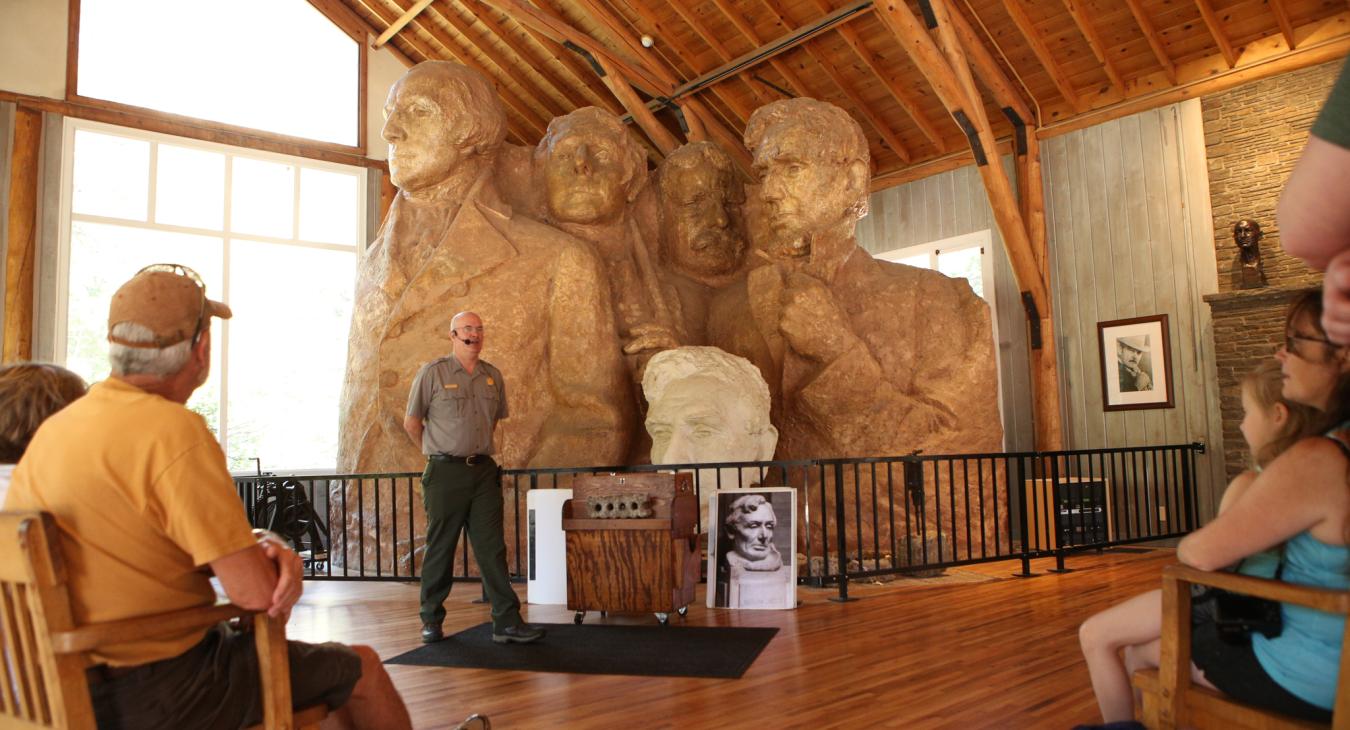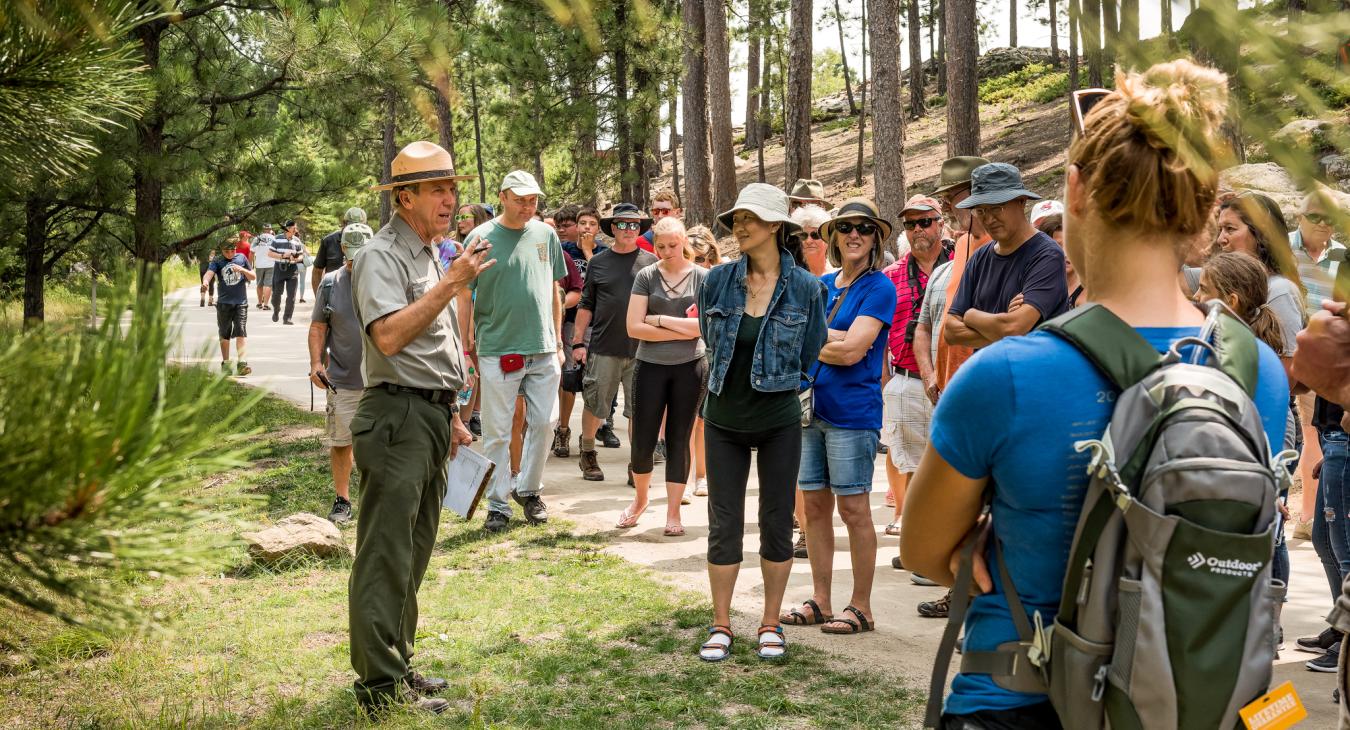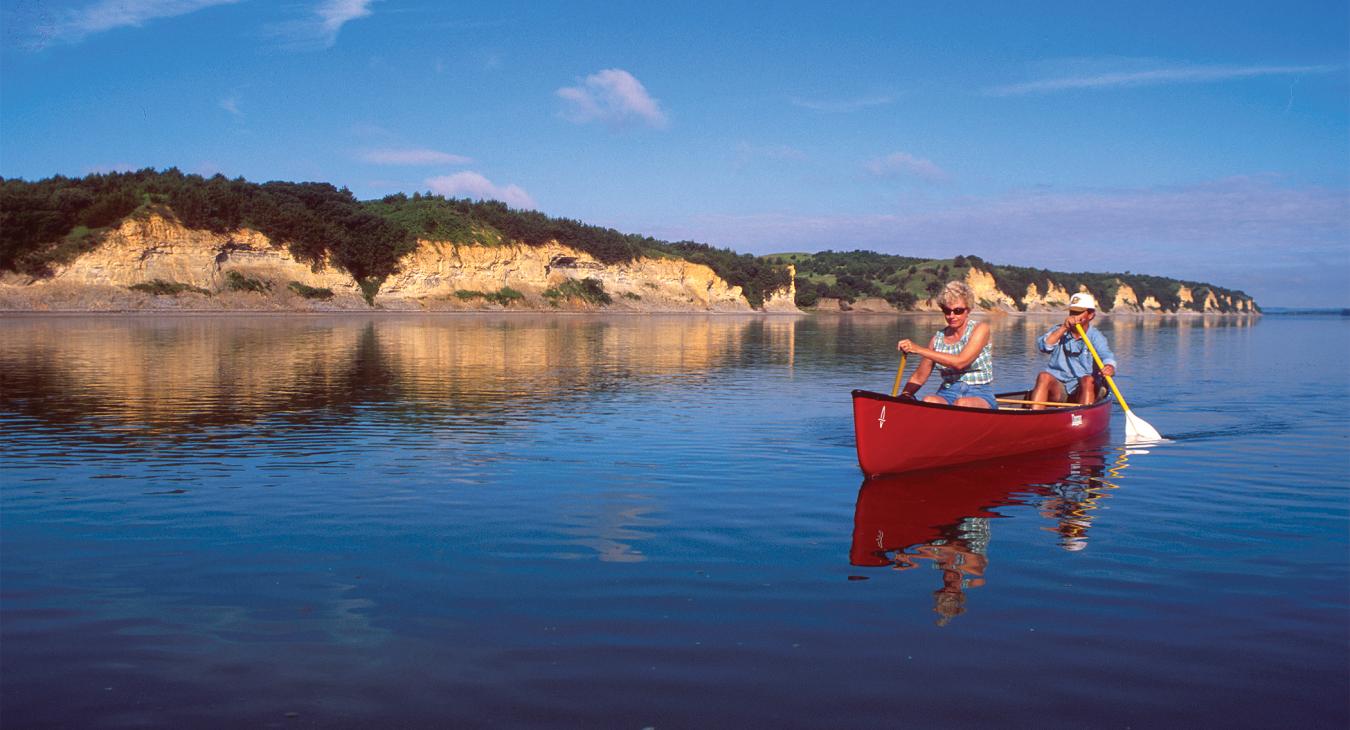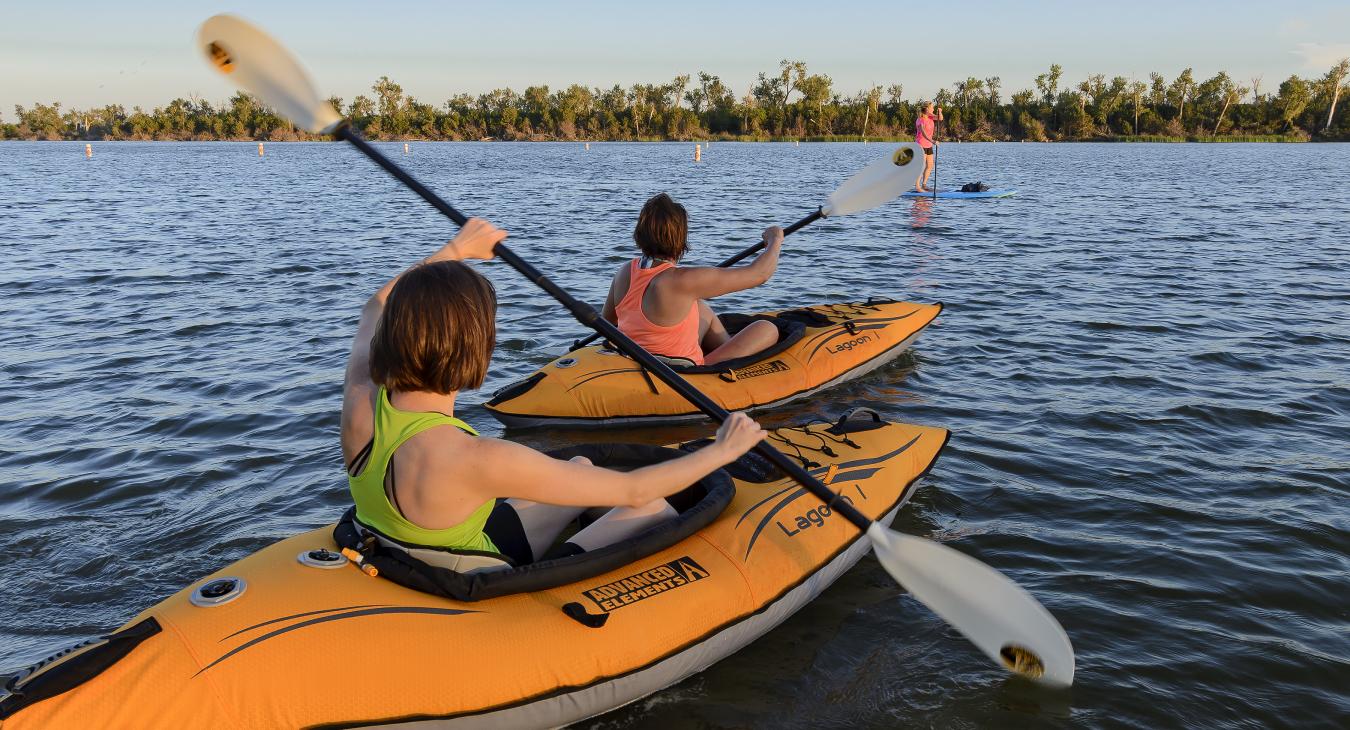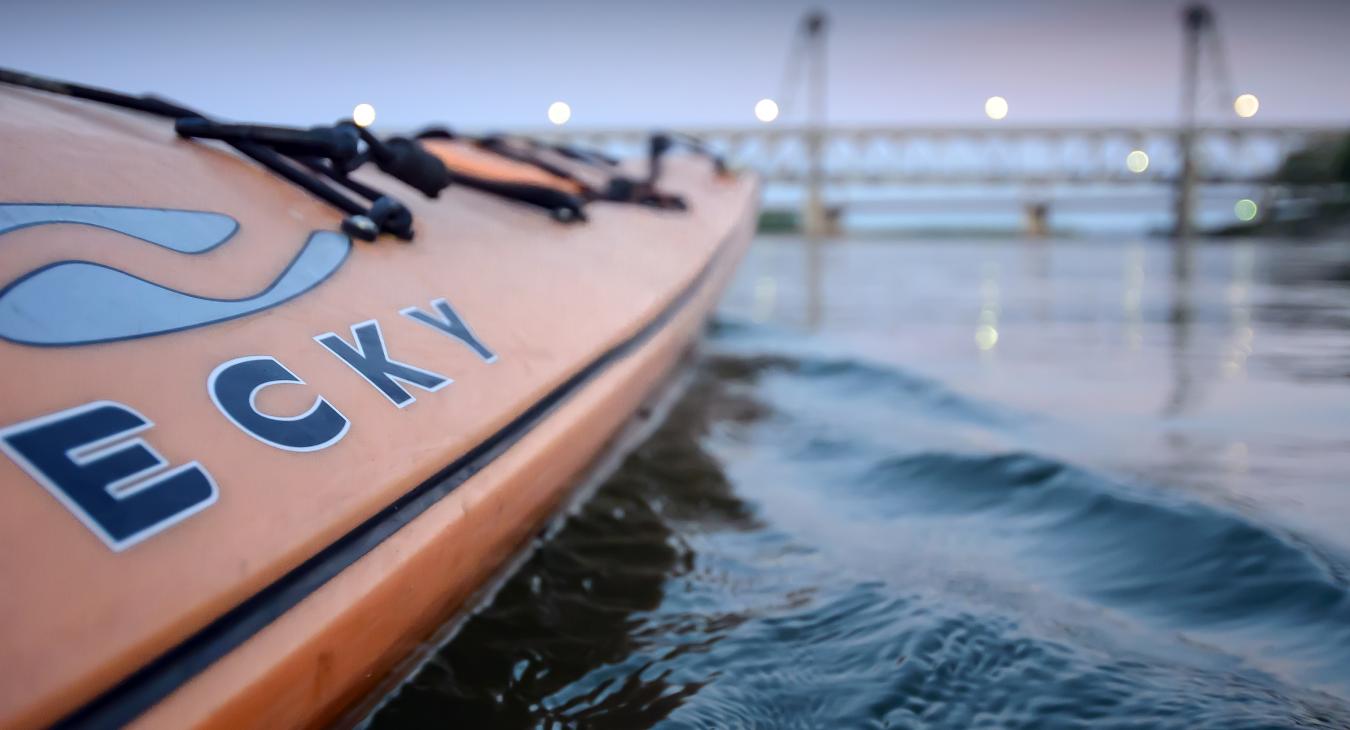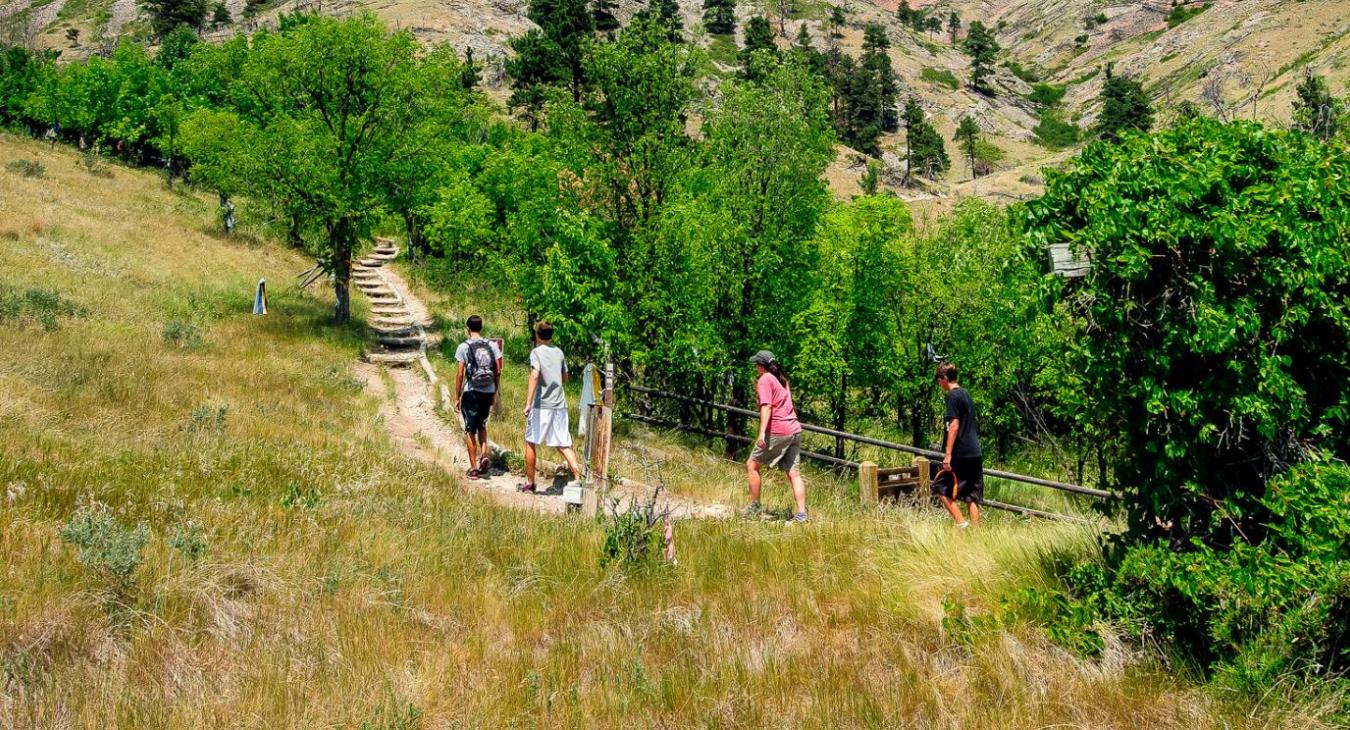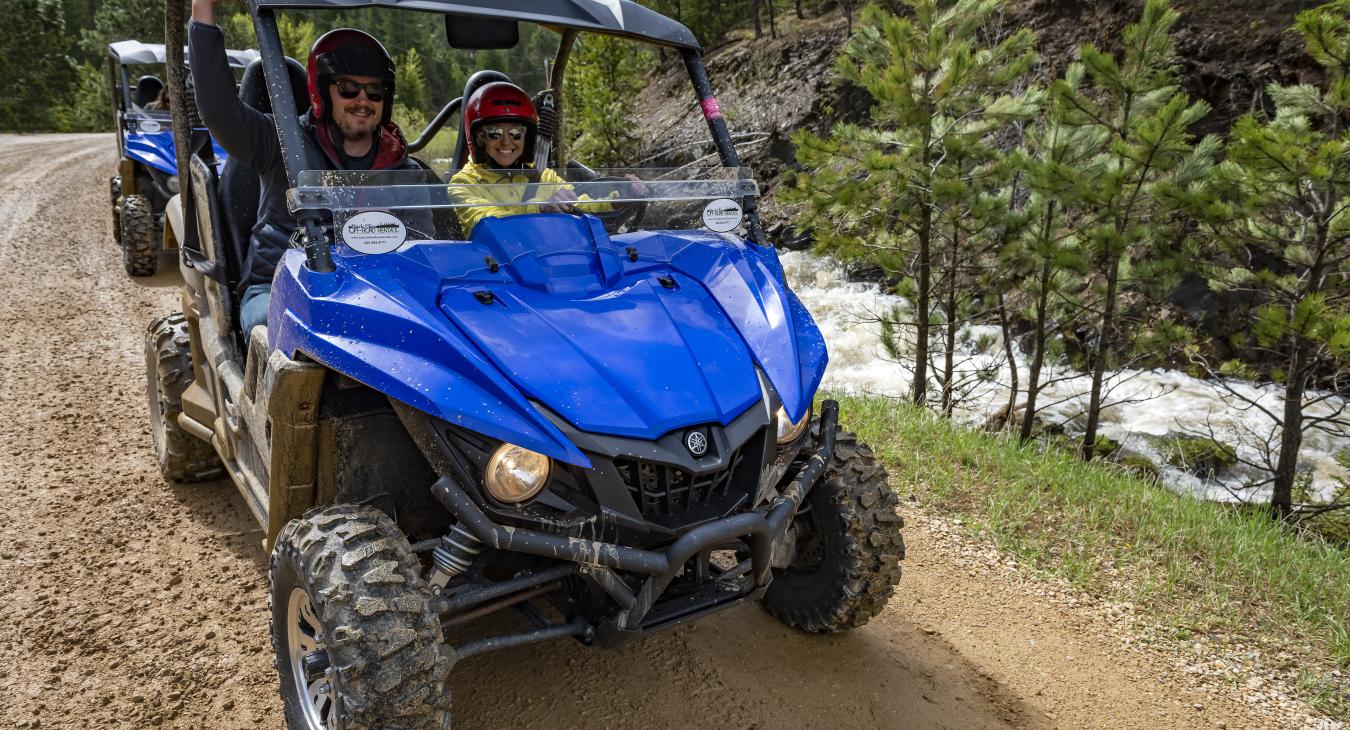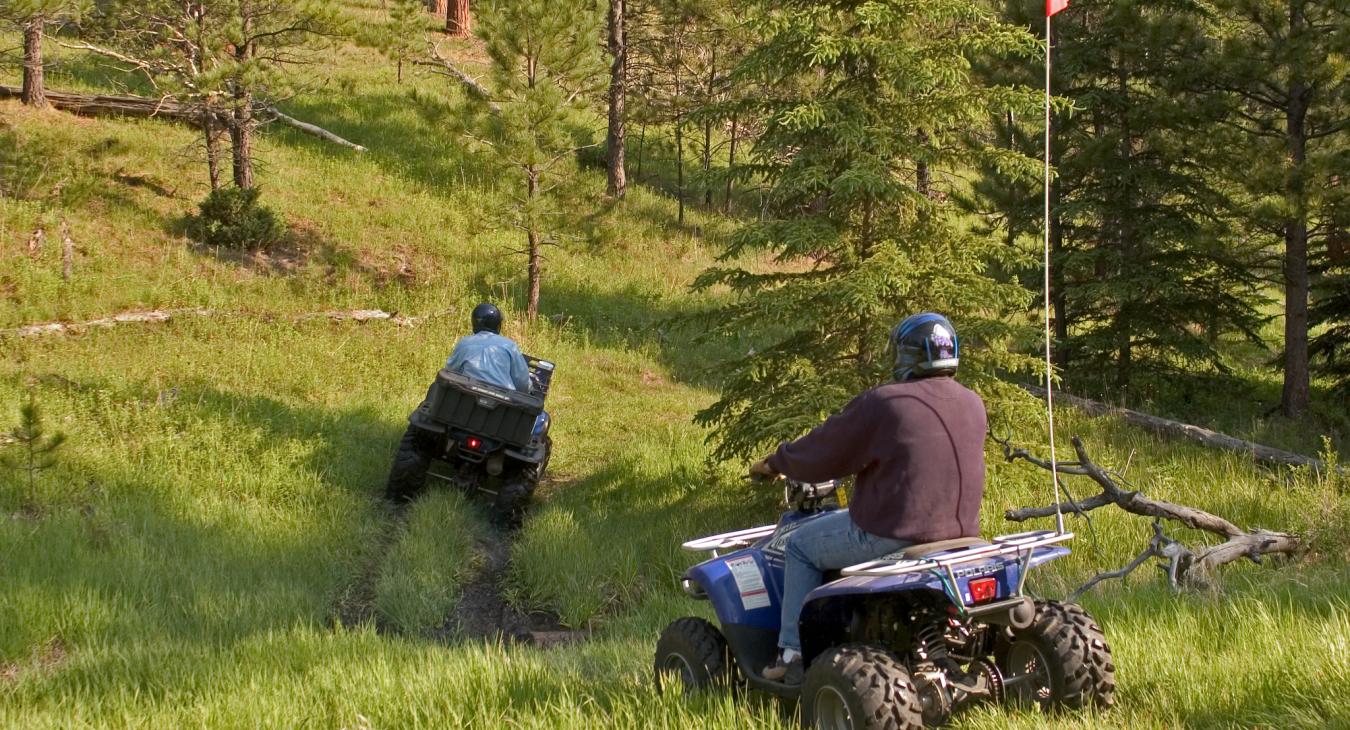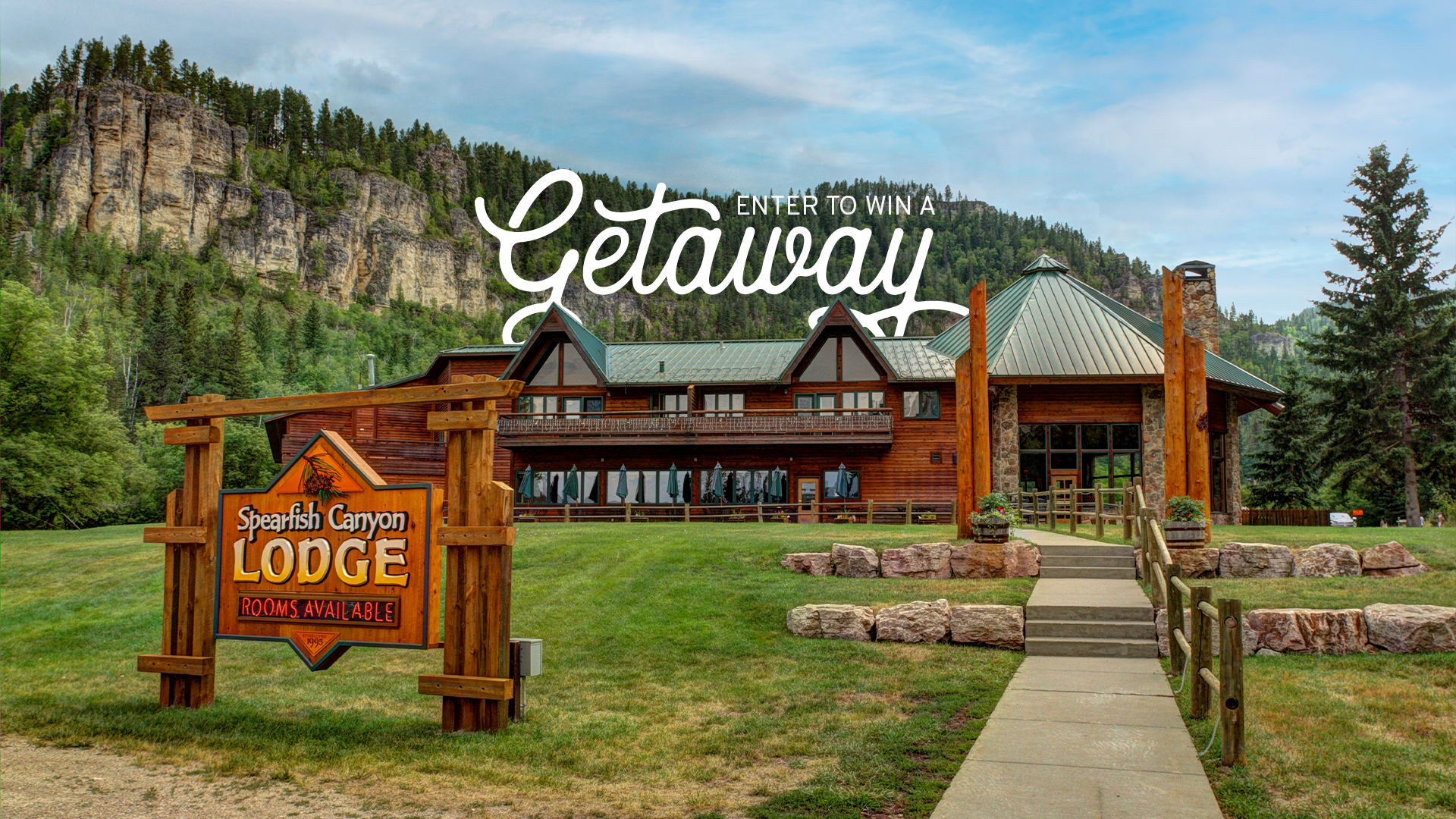There’s no shortage of hiking and backpacking destinations in the Black Hills and Badlands, with 1.2 million acres of Black Hills National Forest, nearly a quarter of a million acres of Badlands National Park and hundreds of miles of marked trails within those areas. In the Black Hills National Forest alone, there are 450 miles of marked trails.
You should pack the essentials, including lots of drinking water, clothing to layer, rain gear, hiking boots, a tent, sleeping bag, food, a cooking stove for areas where fires are prohibited, and whatever other necessities you can carry such as bug spray, sunscreen and limited toiletries. If there’s room, bring a camera and lots of film to capture the rugged backcountry beauty and wildlife most people never get to explore.
Let someone know where you’re headed and your proposed itinerary and estimated arrival and departure times. Travel with a buddy and take along a cell phone for emergencies.
Backpacking is an endurance sport and does require a level of fitness, so check the trail or area difficulty before you head out. Trails range in intensity from easy to difficult, and completion times vary from 30 minutes to several days, depending on your abilities and itinerary.
Detailed trail maps are available for a fee at area rest stops and local Forest Service offices.
One of the most popular and isolated backpacking areas is the 9,826-acre Black Elk Wilderness which includes 7,242-foot Black Elk Peak, America’s highest point east of the Rockies.
For an otherworldly cross-country experience, try the 64,250-acre Sage Creek Wilderness in Badlands National Park. Many shorter trails throughout the Badlands offer their own challenges.
The challenging 111-mile Centennial Trail climbs through the Black Hills near Bear Butte State Park to Wind Cave National Park near Hot Springs.
Other popular backpacking destinations include Hell Canyon near Custer; miles of trails within Custer State Park; Sundance Trails near Sundance, Wyoming; Deerfield Trail in the central Hills; and Flume Trail near Sheridan Lake.
The best and safest times to backpack are spring and fall, when the temperatures aren’t as extreme. Summertime is fine as long as you’re prepared for warmer temperatures. Plan ahead for unexpected weather year-round just in case.

